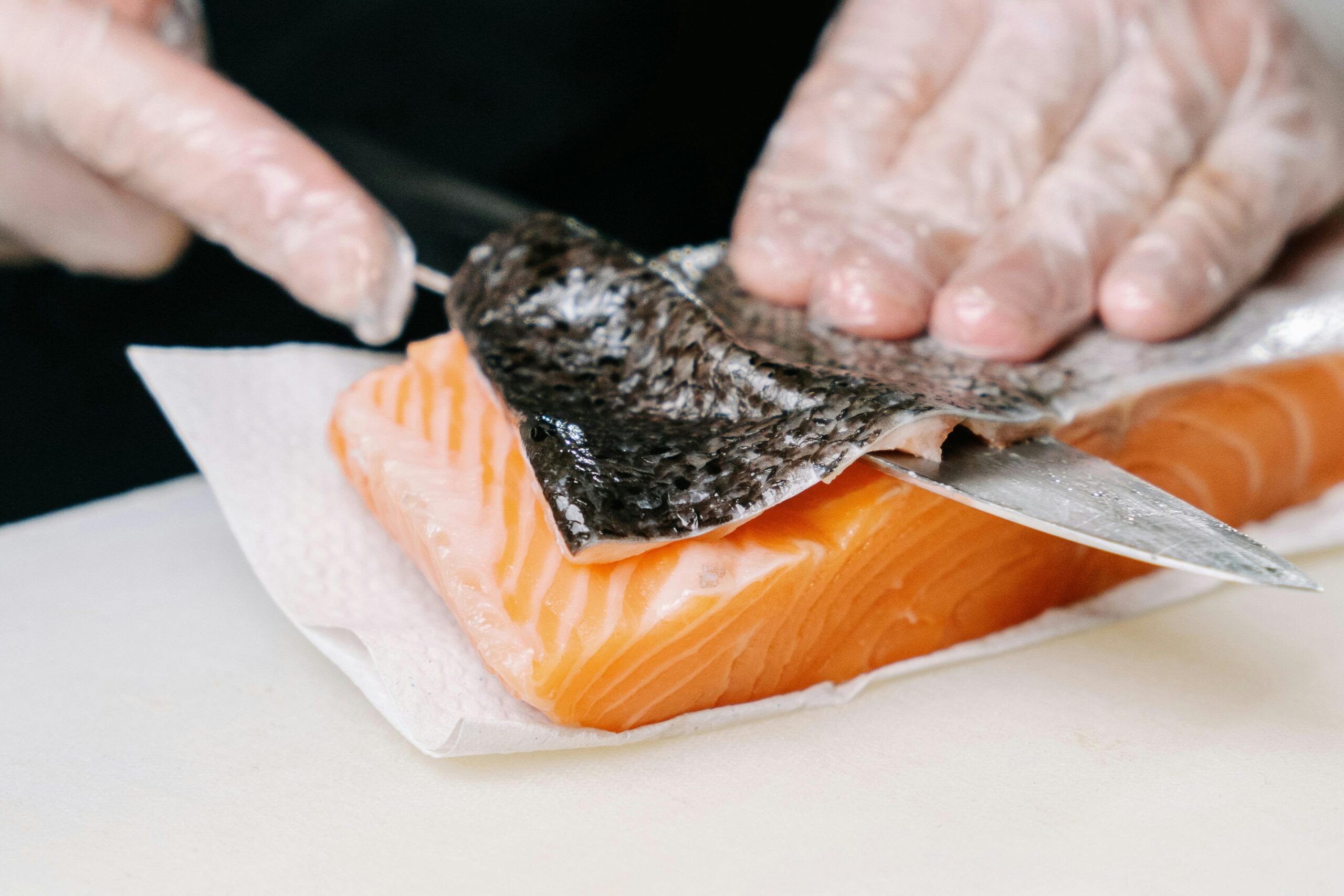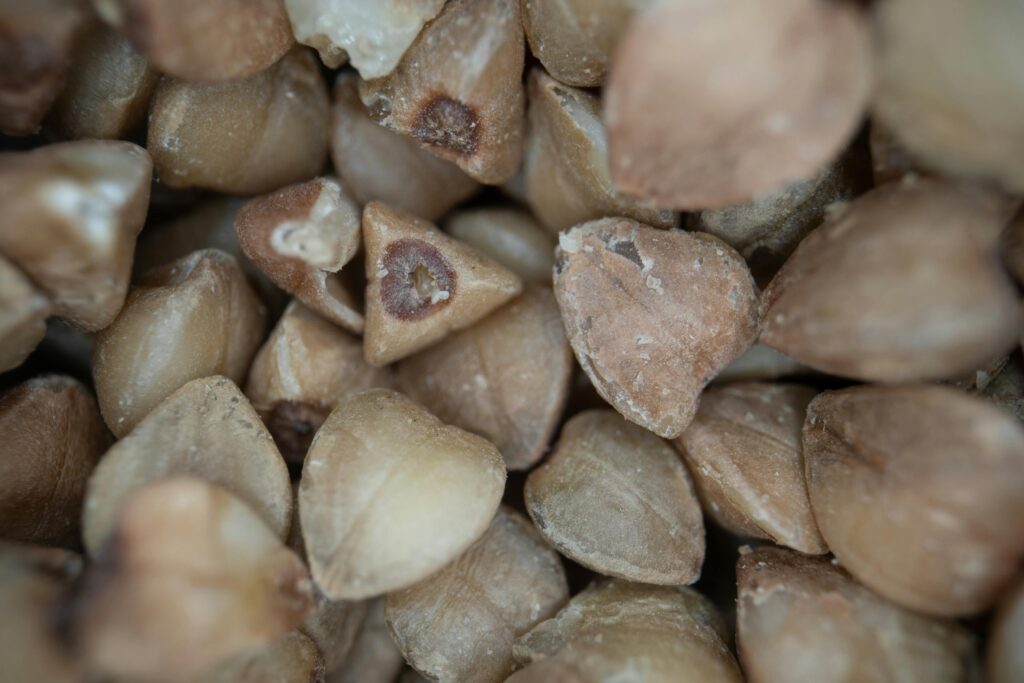As our understanding of pet nutrition evolves, many dog owners are rethinking what goes into their furry companions’ bowls. The trend toward natural, whole-food-based diets has led to a growing interest in sharing parts of our meals, within reason, with our dogs. One item that often comes under scrutiny is salmon skin.
Is this omega-3-rich part of the fish a beneficial treat, or are the risks too great to justify feeding it to dogs? Like many dietary questions in the world of pet health, the answer isn’t black and white.
This article explores the nutritional potential of salmon skin, the risks involved, and the factors you should consider before incorporating it into your dog’s diet. By the end, you’ll be better equipped to make an informed, personalized decision for your pet.
Why the Interest in Salmon Skin?
Salmon is already well-established as a healthy source of lean protein and omega-3 fatty acids. It appears in high-quality commercial dog foods, veterinary-prescribed diets for skin and joint health, and even homemade meals.
But while salmon fillets are generally accepted as safe (when cooked properly), salmon skin often raises more questions. Is it nutritionally useful? Or simply a fatty by-product?
This debate is not just about salmon—it taps into a broader conversation about how we define “treats,” what role whole food plays in a dog’s diet, and the fine balance between natural feeding and medical caution.
Nutritional Value: More Than Just Leftovers?
Let’s start with what makes salmon skin nutritionally relevant.
Omega-3 Fatty Acids
Salmon skin is rich in EPA (Eicosapentaenoic acid) and DHA (Docosahexaenoic acid), the two most biologically active forms of omega-3s. For dogs, these have well-documented benefits:
- Reducing inflammation, which is particularly beneficial for dogs with arthritis or allergies
- Supporting cognitive function, especially in older dogs
- Promoting a healthy coat and skin
- Potentially improving heart health and immune regulation
Several studies, including those published in the Journal of the American Veterinary Medical Association, have highlighted how supplementing omega-3s in dogs leads to improved skin condition, reduced pruritus, and better joint mobility in arthritic patients.
Protein and Micronutrients
Although it’s not a primary protein source, salmon skin does offer:
- Vitamin B12 and Niacin, crucial for energy metabolism
- Vitamin D, important for calcium balance and immune function
- Selenium, an antioxidant mineral that supports thyroid and cellular health
These nutrients may not dramatically transform a dog’s health when added in small treat-sized portions, but they do enhance the nutrient density of your dog’s diet when compared to processed treats.
The Safety Concerns: Justified or Overstated?
Despite its benefits, salmon skin also brings a host of legitimate safety concerns, which need to be addressed carefully.
1. Raw Salmon and Parasites
Perhaps the most serious issue involves raw salmon. In the Pacific Northwest, salmon (including the skin) can carry the parasite Nanophyetus salmincola, which may transmit Neorickettsia helminthoeca—the bacteria responsible for salmon poisoning disease.
This condition can be fatal if untreated and mimics symptoms of gastroenteritis:
The clear consensus among veterinarians is this: never feed raw salmon or salmon skin to dogs. Thorough cooking—baking, boiling, or dehydrating—is non-negotiable.
2. Fat Content and Digestive Risks
Another concern lies in the fat content. While omega-3s are beneficial, fat in excess fat, especially in dogs not used to a high-fat diet, can lead to:
- Pancreatitis: inflammation of the pancreas, which can be acute and severe
- Gastrointestinal upset, including vomiting and diarrhea
- Unhealthy weight gain, particularly in sedentary dogs
Here lies a delicate balance: fat is a critical nutrient, but like in humans, dogs require it in appropriate amounts. The portion of salmon skin matters immensely. What’s a healthy omega-3 boost for one dog might be a ticket to digestive distress for another.

The Question of Preparation: Where Most People Go Wrong
Even well-meaning pet owners can make mistakes when it comes to cooking salmon skin for their dogs.
The most common? Seasoning. Dogs have vastly different tolerances and needs than humans when it comes to sodium and spices.
Avoid:
- Salt
- Garlic or onion powder (both are toxic to dogs)
- Pepper
- Butter or oil
- Citrus-based marinades
Plain, unseasoned skin—either baked, pan-fried without oil, or dehydrated—is the only preparation method considered safe and dog-appropriate.
Practical Guidance: How Much Is Too Much?
Veterinary nutritionists typically recommend that treats make up no more than 10% of your dog’s daily caloric intake. That means the amount of salmon skin your dog can safely enjoy will vary depending on their size, activity level, and existing diet.
General Guidelines:
| Dog Weight | Safe Portion (Cooked) | Frequency |
|---|---|---|
| < 20 lbs | 1–2 small strips (2–3 inches) | Once a week |
| 20–50 lbs | 2–3 medium pieces | 1–2 times per week |
| > 50 lbs | Palm-sized piece (up to 4″) | Up to twice per week |
Introduce it gradually, observe how your dog reacts, and avoid it altogether if you notice signs of intolerance.
What About Dogs with Health Conditions?
Here’s where blanket advice begins to fall short. The suitability of salmon skin really depends on the individual dog.
✅ Dogs Who Might Benefit:
- Dogs with dull coats or dry, flaky skin
- Aging dogs with joint stiffness or arthritis
- Active dogs needing a calorie and nutrient boost
❌ Dogs Who Should Likely Avoid It:
- Dogs with a history of pancreatitis
- Dogs on a low-fat diet
- Dogs are prone to obesity
- Dogs with known fish allergies
If your dog has any of these conditions, consult your veterinarian before introducing salmon skin—or any new treat—into their diet.
Commercial vs. Homemade Salmon Skin Treats
The market now offers many commercial salmon skin chews marketed as natural, single-ingredient treats. These can be a great option—provided you know what to look for.
Look For:
- Products labeled as dog treats, not human snacks
- A single ingredient: salmon skin
- Transparent sourcing (e.g., wild-caught, USA-processed)
- No preservatives or flavorings
Avoid human-targeted snacks, which often include salt, sugar, or flavor enhancers unsuitable for dogs.
The Role of Salmon Skin in a Balanced Diet
Salmon skin should never replace a complete, balanced dog food. It’s best thought of as a functional treat—a food that’s both enjoyable and has a nutritional benefit when offered appropriately.
The discourse here mirrors conversations happening in human nutrition: Are whole foods better than synthetic supplements? Can we trust our own kitchens more than commercial pet products?
For dog owners who cook meals for their dogs or incorporate fresh food as “toppers,” salmon skin can have a place—but it must be introduced with thought and care.
Final Thoughts: A Case-by-Case Decision
So, is salmon skin good for dogs?
In many cases, yes—with clear conditions.
When:
- Cooked thoroughly
- Served plain (no seasoning or oil)
- Given occasionally, in small portions
- Tailored to your dog’s individual health and tolerance
…it can be a delicious and nutritious way to reward your pup.
But it’s not a one-size-fits-all solution. As with most things in canine nutrition, context is everything. A treat that supports one dog’s joint health might trigger digestive issues in another. As such, the real question isn’t “Is salmon skin good for dogs?” but rather, “Is salmon skin good for my dog?”
And that’s a question best answered by observation, moderation, and when needed, professional guidance.
Your Turn: What’s Right for Your Dog?
If you’ve tried salmon skin treats, how did your dog react? Are you considering making homemade versions, or do you prefer to buy them ready-made?
Understanding our dogs’ unique needs requires thoughtful experimentation—and a bit of trial and error. Whether you’re a cautious feeder or a DIY enthusiast, being informed is the first step toward better choices.
Would you like a printable salmon skin treat recipe or tips on integrating fresh foods into your dog’s diet safely?




